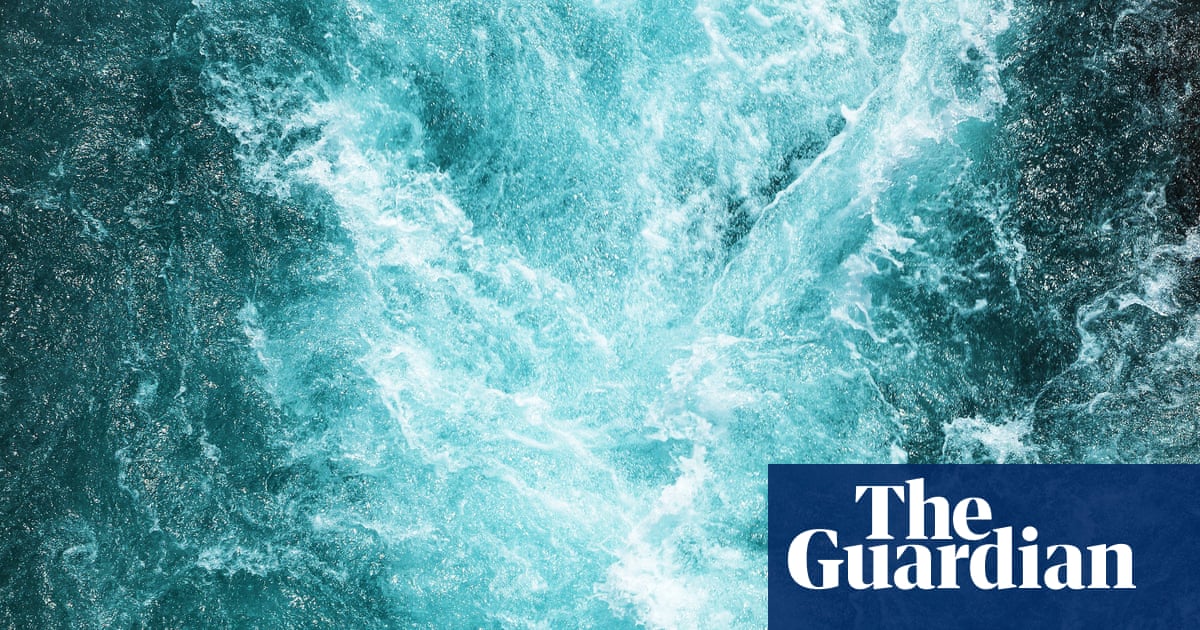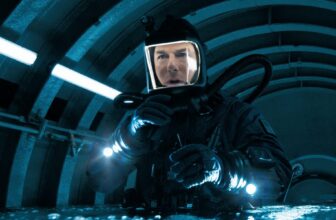
Take a look at our newest merchandise
Tracking a river by way of a cedar forest in Ecuador, Robert Macfarlane involves a 30ft-high waterfall and, beneath it, a large pool. It’s irresistible: he plunges in. The water underneath the falls is turbulent, a thousand little fists punching his shoulders. He’s exhilarated. Nobody might mistake this for a “dying” river, sluggish or polluted. However that thought sparks others: “Is that this factor I’m in actually alive? By whose requirements? By what proof? As for talking to or for a river, or comprehending what a river needs – effectively, the place would you even begin?”
He’s in the appropriate place to be asking. In September 2008, Ecuador, “this small nation with an enormous ethical creativeness”, grew to become the primary nation on the planet to legislate on behalf of water, “since its situation as an important factor for all times makes it a mandatory side for existence of all residing beings”. This enshrinement of the Rights of Nature set off related developments in different international locations. In 2017, a regulation was handed in New Zealand that afforded the Whanganui River safety as a “religious and bodily entity”. In India, 5 days later, judges dominated that the Ganges and Yamuna ought to be recognised as “residing entities”. And in 2021, the Mutehekau Shipu (AKA Magpie River) grew to become the primary river in Canada to be declared a “authorized particular person [and] residing entity”. The Rights of Nature motion has now reached the UK, with Lewes council in East Sussex recognising the rights and authorized personhood of the River Ouse.
Macfarlane’s guide is well timed. Rivers are in disaster worldwide. They’ve been dammed, poisoned, lowered to servitude, erased from the map. Within the UK, “a gradual, determined calamity” has befallen them, with annual sewage dumps (recorded by a tracker known as High of the Poops) at despicable ranges. “Generational amnesia” implies that younger folks don’t know what clear rivers are. Macfarlane needs them to revive – and to remind us of the interconnectedness of the human and pure world, as captured in a Māori proverb: “I am the river; the river is me.”
Many Indigenous communities imagine that rivers are aware, with souls, intelligence, even reminiscence. Macfarlane is much less a thinker wrestling with notions of sentience and pan-psychism than he’s a nature author, the writer of memorable books about mountains, panorama and underworlds, in addition to a celebrant of phrases (acorn, bluebell, kingfisher, otter, and so forth) he fears kids now not know. He’s additionally a dauntless traveller and in his new guide data journeys to India and Canada in addition to Ecuador. To the query “Is a river alive?” he needs to reply as merely and resoundingly as his nine-year-old son did: sure! And he wills himself to imagine it by granting rivers human pronouns: as a substitute of which or that, “I choose to talk of rivers who move”. However it’s an extended journey, with many challenges alongside the means.
He begins with a modest outing, to the springs close to his residence in Cambridge which, in the summertime of 2022, the most popular on report, have all however dried up. He’ll see what a useless river appears to be like like in southern India however in Ecuador’s cloud forest, Los Cedros, it’s a happier story: right here’s water saved from “pollutocrats” by Ecuador’s progressive structure. However not all is as safe because it must be. Andean forests and rivers have been wrecked by logging, farming and mining. And a younger anti-mining activist, 5 months pregnant, has simply been shot useless within the north of Ecuador.
Macfarlane, a minimum of, is amongst allies. He meets eco-centric attorneys in addition to a shambling, bearded castaway, Josef DeCoux, who has fought to guard the river and cloud forest for many years. He’s awed by their tireless resistance to company profiteering and feels companioned by the forest: “Lushness past creativeness. Greenness past measure.”
His prose aspires to poetry all through. Fireflies “rating the darkish like gradual tracer bullets”. Flamingos “stand in their very own reflections, doubled like playing-card queens, blushing the water pink”. Glow-worms “put tapers on their yellow lantern”. Capturing stars are “scratches on the world’s tin”. A half moon is a “clipped coin”. He so not often falters in his “love-language” for the pure world that when he describes the solar, close to Chennai, “rising crimson as a Coke can over the ocean” it feels bathetic. However bathos is the purpose: together with plastic bottles, turds and effluents, the Coke can is emblematic of a polluted shoreline.
Chennai is probably the most dispiriting of Macfarlane’s visits. The River Adyar, reeking and sewage-stricken, is “as near loss of life as any river I’ve seen in my life”. And the Ennore Creek, a website of heavy business, hasn’t simply been infilled, constructed over and surrendered to heavy business, however has been erased from the official authorities map, as if it didn’t exist: annihilation cartography. Amid the toxins, hope for rivers is tough to seek out.
He’s cheered by a visit to a lakeside waterbird sanctuary (“an avian Venice”) and by rescuing turtle eggs on a seashore. Nonetheless, right here and elsewhere doubts creep in. He’s a researcher, not an animist (the guide has 50 pages of notes). Are Rights of Nature “an over-enchanted dream”? How appropriate is the “stiff discourse’” of rights with a dashing, quicksilver river? “For many who, like me, have been largely raised on rationalism, to think about a river is alive in a means that exceeds the sum of the lives it accommodates is troublesome, counterintuitive work,” he says. “It requires unlearning, a course of a lot more durable than studying.”
after e-newsletter promotion
The unlearning is available in a distant area of Quebec when, earlier than his epic 100-mile journey trekking and kayaking downstream, he’s instructed by Rita, an Innu poet, activist and sage: “Don’t assume an excessive amount of together with your head … You can be transported by the river – who will communicate by way of you.” So it does. When he and his companions go over scary rapids it’s as if he’s been “flooded from inside”, the river flowing by way of him, a course of mirrored within the prose, which rushes in lengthy, ecstatic paragraphs that enable themselves commas however resist full stops. The river is underneath risk from damming however Macfarlane himself is launched, surrendering company to the water, pantheistically enraptured by “some huge and unknowable different life-way”.
“The river has nice knowledge and whispers its secrets and techniques to the hearts of males,” Mark Twain mentioned. It’s not simply Macfarlane who bears this out however the three folks he spends most time with on his travels: the eerily intuitive mycologist Giuliana in Ecuador, the geomancer Wayne in Canada and the ecologist Yuvan in India together with his “ductile, fast-flowing thoughts”. All are grieving once they start their journeys after the loss of life of somebody they beloved. However the river consoles and even heals them: “I felt my energy return,” Giuliana says.
Right here’s another excuse to combat for the Rights of Nature – not simply to avoid wasting rivers and forests, however to avoid wasting ourselves. “The story of a dying river / Doesn’t finish the place you stand with the guests / at a sickbed,” Ted Hughes wrote in his poetry assortment River, 4 many years in the past. The battle is to avoid wasting rivers as residing beings. Macfarlane’s impassioned guide reveals the best way, ending on a riskily lyrical excessive together with his arrival as a waterbody full: “I am rivered.”





![[2024] MSI Aegis R2 C14NUF9-829US (Intel Core i9-14900F, 128GB DDR5 RAM, 2X 2TB NVMe SSD, NVIDIA GeForce RTX 4070 Ti Super, Windows 11) Gaming Desktop PC](https://m.media-amazon.com/images/I/81i1KVslX4L._AC_SL1500_.jpg)







